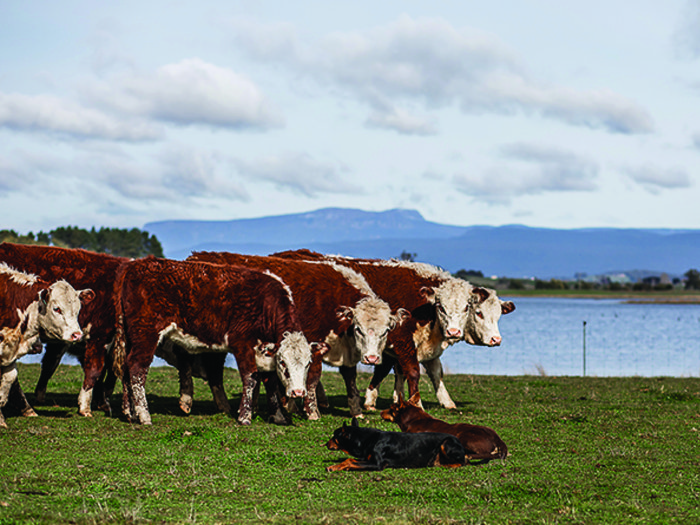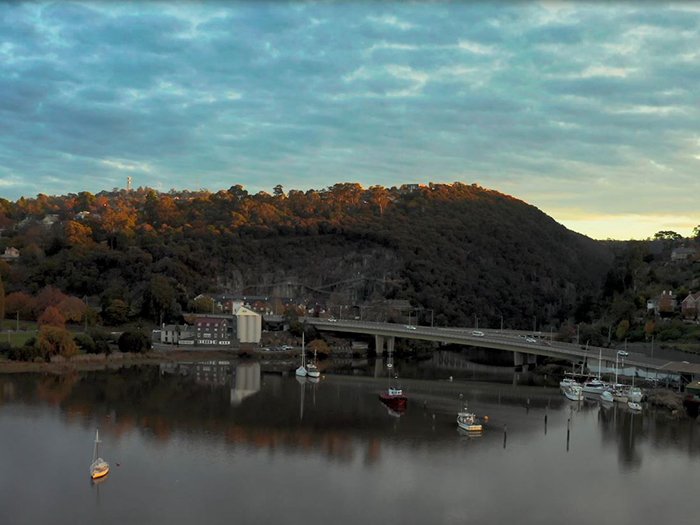Learn more about our waterways
Northern Tasmanians are privileged to live in the largest catchment in Tasmania, where five major rivers – the North and South Esk, Macquarie River, Meander River, and Brumby’s Creek-Lake River flow throughout the landscape and into the kanamaluka/Tamar estuary. The 10,000km square catchment is highly productive and the rivers have important value as a source of drinking water, irrigation, hydroelectric power generation, tourism, recreation and natural aesthetics to the communities that live here. NRM North provides some great resources and invites you to explore and learn more about the catchment and estuary.

Funding for fencing to exclude stock from waterways in the Tamar catchment is available through the Tamar Action Grants.
River Health Action Plan - Catchment Works Program
River Health Action Plan - Catchment Works Program
This four-part video series talks about NRM North’s role in the delivery of the River Health Action Plan.
In an effort to reduce pathogens from entering the kanamaluka/Tamar estuary, these short videos explain why the Catchment Works Program is important, what pathogens are, how and why we are reducing them from entering the Tamar catchment, and how graziers and dairy farmers are benefiting from the support being provided through Tamar Action Grants.
Stormwater intrusion work is introduced in the fourth video, demonstrating important works being done to reduce sewerage entering our separated stormwater system and the estuary.

Working together for healthy waterways in the TEER.
Working together for healthy waterways
Working together for healthy waterways
The Tamar Estuary and Esk Rivers support a diverse range of social, recreational, environmental and economic values that are highly valued by the community. The TEER waterways and the wider catchment have seen many changes throughout history. It is in understanding the history and the latest scientific knowledge, that we can best inform future management actions to ensure a healthy ecosystem for all.
Partners of the TEER Program have produced a series of videos and fact sheets, bringing together science and history experts with industry and government representatives, to explore some of the topics that continue to capture Launceston’s attention.
Water Program & Projects
Water Program
Return to the Water Program.
TEER Program
A coordinated approach to manage and guide investment of the Tamar Estuary and Esk Rivers waterways.
Tamar Estuary River Health Action Plan (RHAP)
Catchment works to improve public health through reduced pathogen concentrations in Zone 1 of the kanamaluka/Tamar estuary.
Tamar Action Grants
Funding for landholders to exclude stock from waterways in the Tamar Estuary and Esk Rivers catchments.
truwana Water Quality Planning Project
Providing a better understanding of the patterns of water availability and quality at key locations on truwana/Cape Barren Island.